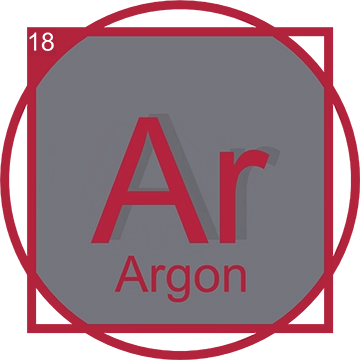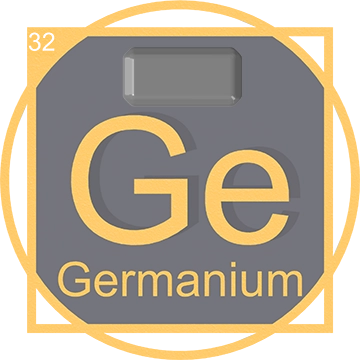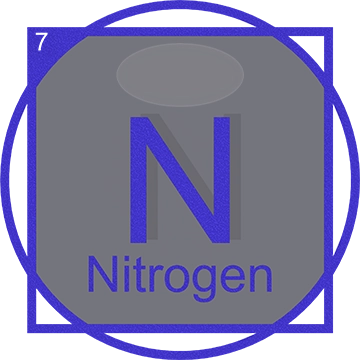Argon (Ar) - Unveiling the Invisible Power
Explore the fascinating world of Argon, the third most abundant gas in the Earth's atmosphere, and its significant role in various scientific and industrial applications.
Discovery of Argon
Argon was first discovered in 1894 by Lord Rayleigh and Sir William Ramsay, a groundbreaking discovery that expanded our understanding of the periodic table and atmospheric chemistry. This noble gas was identified through meticulous analysis of air, marking the first time a member of the noble gases was isolated, which reshaped the scientific community's perspective on the chemical makeup of the atmosphere.
Argon in the Periodic Table

Located in Group 18 of the periodic table, Argon (Ar) is a part of the noble gases family. Characterized by its complete valence electron shell, Argon is renowned for its chemical inertness. This lack of reactivity makes it one of the most stable elements, leading to its widespread use in applications where materials must be protected from the reactive effects of oxygen and other common gases.
Scientific and Industrial Uses of Argon
Argon's unique properties make it invaluable across a wide range of applications. In the realm of science, it is frequently used as an inert gas shield for arc welding and in the manufacture of silicon and germanium crystals. Its non-reactive nature also makes it ideal for preserving historical documents and materials. Industrially, Argon is used in energy-efficient fluorescent lighting and double-pane window manufacturing, playing a critical role in energy conservation efforts.

The Significance of Argon in Modern Science
Beyond its practical applications, Argon is a subject of ongoing scientific research. Its presence in the Earth's atmosphere and its interactions with other elements continue to provide insights into atmospheric science, climate change, and the evolution of the Earth's environment. The study of Argon isotopes has also become a crucial tool in geochronology, aiding scientists in dating geological samples and meteorites, thus offering a window into the past of our planet and the solar system.
Argon remains an area of active exploration and application, embodying the spirit of scientific discovery and innovation. Its contributions to science and industry underscore the importance of understanding and utilizing the elements of the periodic table in advancing our world.
How Argon Is Produced

Argon is produced industrially by the fractional distillation of liquid air, a process that separates air into its constituent parts. This method capitalizes on Argon's boiling point being distinct from those of other atmospheric gases such as nitrogen and oxygen, allowing for its isolation in relatively pure form. Since Argon is not extracted from mines, there are no specific mine locations or co-occurring resources in the traditional sense as with solid minerals.
Modern Applications of Argon

Today, Argon is indispensable in a variety of modern applications. Its primary use is as an inert shielding gas in welding and other high-temperature industrial processes to prevent the oxidation of the material. Argon is also utilized in the production of titanium, where its inertness protects the molten metal from the air. In lighting, Argon is used to fill incandescent and fluorescent light bulbs to preserve the filament at high temperatures. Furthermore, Argon-filled double glazed windows offer superior insulation, demonstrating its versatility in both industrial and consumer applications.
The Future of Argon in Science and Technology

The future of Argon in science and technology holds promising potential for further innovations. In medical science, researchers are exploring the use of Argon in cryosurgery, leveraging its properties for more effective and less invasive treatment methods. Additionally, the space exploration sector is investigating the possibility of using Argon-based propulsion systems for spacecraft, offering a more efficient alternative to traditional propellants. As our understanding of Argon and its properties expands, so too will its applications across a broad spectrum of disciplines, from improving energy efficiency to pioneering new medical treatments and beyond.














